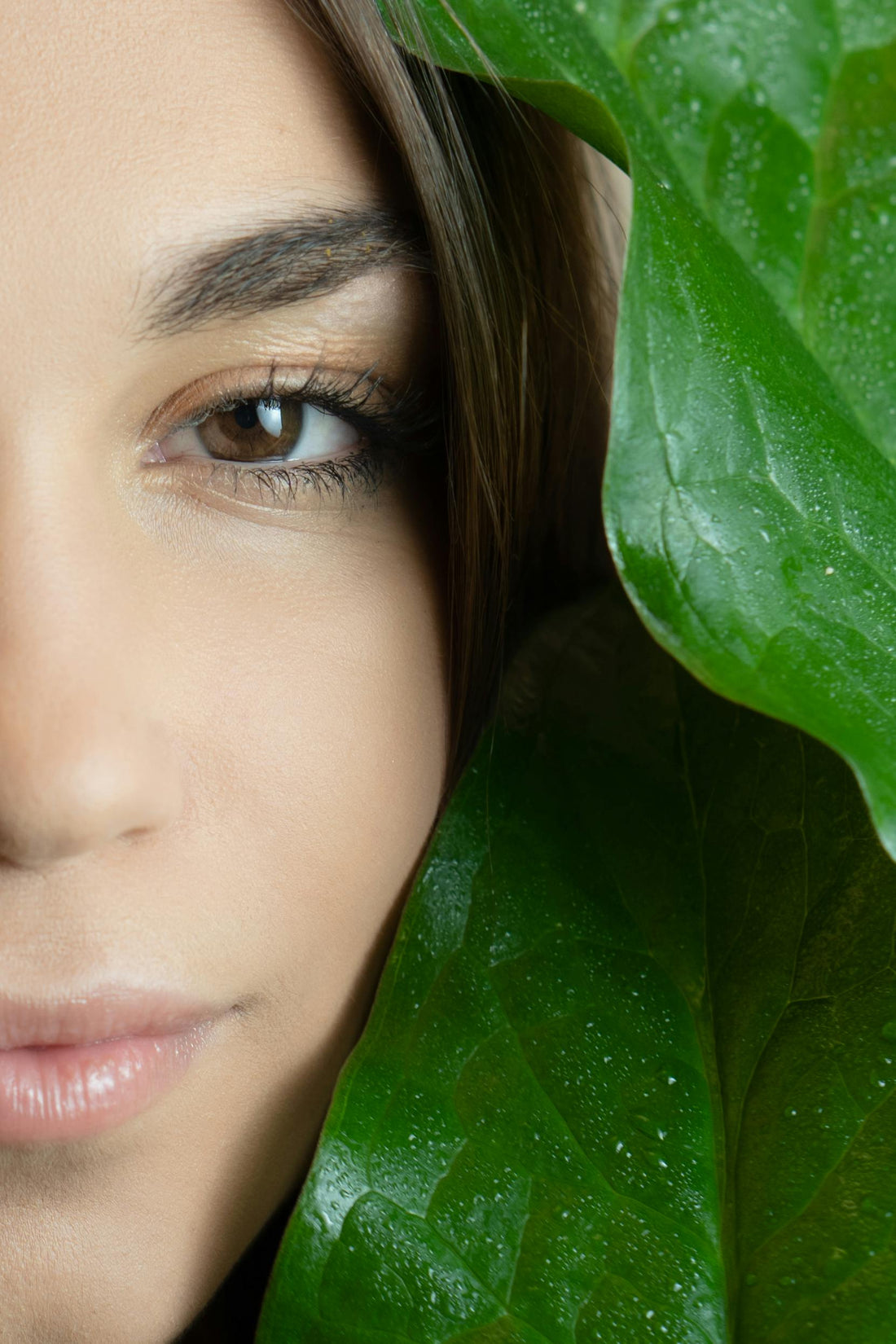
Collagen for Skin: The Inside-Out Guide to Firmness, Glow & Healthy Aging
Share
Educational content only. Not medical advice. These statements have not been evaluated by the FDA. Products are not intended to diagnose, treat, cure, or prevent any disease.
If “youthful” had a texture, it would be collagen—the protein mesh that keeps skin looking firm, bouncy, and evenly hydrated. It also reinforces joints, tendons, ligaments, and the gut lining. As we age, we naturally make less collagen and we remodel it more slowly. The result you can feel and see: skin gets thinner and less elastic; recovery after workouts or long days can feel slower.
The good news: daily habits—plus targeted collagen peptides—can support your skin and connective tissue from the inside out.
Key takeaways
- Collagen is the body’s most abundant protein; type I & III dominate in skin.
- Production begins to decline in our mid-20s, and the rate speeds up in midlife. Lifestyle (UV light, smoking, high sugar spikes, low protein) can accelerate breakdown.
- Hydrolyzed collagen peptides provide amino acids (glycine, proline, hydroxyproline) that your body can use to build and maintain collagen-rich tissues.
- A simple, common approach: 10–20 g/day of collagen peptides, paired with vitamin C and a protein-forward diet.
- Results are gradual: many people report skin changes around 8–12 weeks of consistent use, alongside good skincare and sun protection.
Collagen 101: why it matters for skin (and more)
Think of collagen as a springy net woven through your dermis. It holds water, gives structure, and partners with elastin and hyaluronic acid to keep skin firm yet flexible. With age, that net thins and the “holes” widen—skin can look dull or lax, and fine lines show more easily. Connective tissues (tendons, ligaments, cartilage) feel this too.
Why production drops: fewer active fibroblasts, hormonal changes, UV exposure, and glycation (sugar binding to proteins) all reduce collagen quality over time.
How collagen peptides may help
When you consume hydrolyzed collagen, it’s broken into small peptides that are absorbed and can signal fibroblasts (skin’s builder cells). Think “ingredients + nudge.” In real life, that can look like improved skin hydration and elasticity, and support for nail strength and joint comfort in some people over weeks to months. It’s not a magic wand—it’s steady, compounding support.
Beauty from the inside out: your simple plan
1) Daily collagen peptide ritual
- Dose: 10–20 g/day (split or all at once).
- When: any time; mix into coffee, smoothies, yogurt, or soups.
- A vitamin C source (citrus, berries, bell pepper, or a C supplement) supports collagen formation.
- Hydration: skin looks plumper when your whole body is well-hydrated.
- Explore Miracelle™ Collagen Peptides
2) Skin-smart nutrition
- Protein baseline: a palm-sized protein serving at meals (fish, eggs, tofu/tempeh, legumes).
- Color: berries, leafy greens, tomatoes—polyphenols help counter oxidative stress.
- Healthy fats: olive oil, avocado, nuts—support the skin barrier.
- Sugar sense: big glucose spikes accelerate glycation, which can stiffen collagen; pair carbs with protein/fiber and enjoy sweets after meals, not alone.
3) Daily habits that protect your collagen
- SPF, always: UV light is the #1 accelerator of collagen breakdown.
- Strength + walking: load your tissues to signal maintenance; it also helps circulation and glow.
- Sleep & stress care: your repair systems peak overnight; wind-down routines pay off.
- Skincare that works: gentle cleanse, moisturizer, broad-spectrum SPF by day; consider retinoids and peptides at night if your skin tolerates them.
Collagen beyond skin: joints, nails, hair
- Joints & tendons: Many people notice comfort and resiliency changes with regular use, especially when paired with strength training and adequate rest.
- Nails & hair: Nails can feel less brittle; hair benefits are typically indirect (overall protein sufficiency and scalp care matter more).
How to choose a collagen (quality matters)
- Hydrolyzed peptides for solubility and absorption.
- Type I & III (skin-focused); Type II is cartilage-focused—some blends include all.
- Third-party testing for identity and purity.
- Unflavored, low-nothing: no added sugar, dyes, or artificial flavors.
7-Day “Glow & Strength” quickstart
- Every morning: 10–20 g Collagen Peptides in coffee or smoothie + a vitamin-C food.
- Movement: brisk 10–15-minute walk after meals; strength 2–3×/week (squats/hinges/pushes/pulls).
- Skincare: sunscreen daily; gentle retinoid 2–3×/week if appropriate.
- Hydration: set a 2-liter/day target; add electrolytes if you train.
FAQs
How long until I notice anything?
Consistency is key. Many people report skin changes in 8–12 weeks; nails can change sooner.
Is marine or bovine collagen better?
Both provide similar peptides. Some prefer marine for pescatarian diets or mixability; others choose bovine for types I & III. Quality and testing matter most.
Can I take collagen with other supplements?
Usually yes. Collagen pairs well with vitamin C, hyaluronic acid, and protein powder. If pregnant/breastfeeding or on medications, check with your clinician.
Will collagen replace sunscreen or retinoids?
No. Think “inside-out + outside-in.” Peptides support the interior; SPF and smart skincare protect the exterior.
